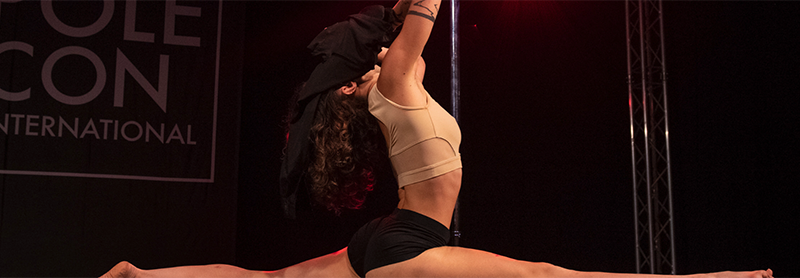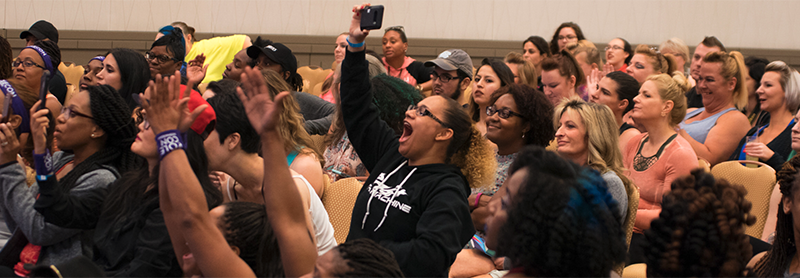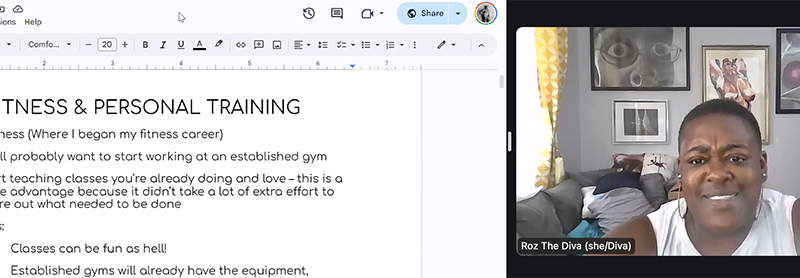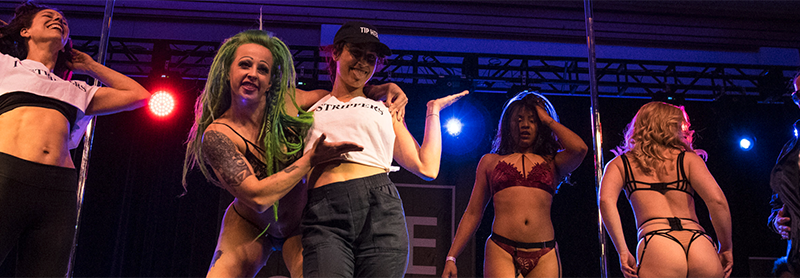[memberonly level=“Group Membership for Businesses of 2-5 individuals, Student, Individual or Solo-Preneur”] Please note that…

Using inclusive language to improve your branding
In the past, we’ve shared three tips on how to create a gender-inclusive pole dance class.
In this post, we’ll connect the idea of being inclusive in your language to foster a sense of community and brand awareness for your studio, teaching style, event, or product.
Why is this important?
LGBTQIA++ identification is increasing both in general, “new high of 7.1%, which is double the percentage from 2012, when Gallup first measured it” and it is increasing dramatically for Gen Z:
“Roughly 21% of Generation Z Americans who have reached adulthood — those born between 1997 and 2003 — identify as LGBT. That is nearly double the proportion of millennials who do so, while the gap widens even further when compared with older generations.”–Gallup
As these changes happen broadly in the US (and likely are mirrored in other countries), you will start to see these changes reflected in your classes, studios, and other teaching or performing spaces as well.
While we have no specific data on this, it appears that the pole industry is often at the forefront of social changes, and it makes sense for pole businesses to adapt to using new terms and respectfully continue to support their customer base.
Build Your Brand
It has become more common place for performers, especially musicians, to refer to their fans not just as fans, but with a community-creating term., for instance:
- Taylor Swift fans are “Swifties.”
- Lady Gaga’s fans are “Little Monsters.”
- Megan Thee Stallion fans are “Hotties.”
We’ve also seen this trend happening in pole studios (virtual and in person) too. Polers are not just “students,” but they might be “Ninjas,” “Beauties,” or “Rubies” to name a few.
This type of language can and should be gender inclusive while also representing your personal brand.
How can you take your business name and term it into a term to represent your community? Bonus points for alliteration like “Pole Peeps” or things you could put on a T-shirt!
What if I don’t have brand other than myself?
If you don’t have a clear, “catchy” name that might work, still consider finding a gender-neutral term to use when you speak to people, either when addressing a large group of people such as during a class or workshop, or even online. You never know who you’re talking to and finding a way to support people ultimately makes them more interested in listening to you, interacting with you, and maybe even working with you.
Some gender-neutral terms to consider using instead of terms like “ladies” or “ladies and gentlemen” include:
- Friends
- Dancers
- Polers
- Homies
- Folks
- Humans
- Team
- Y’all
- Squad
Some gender-neutral Terms to avoid:
- Kids (to a group of adults can be insulting and demeaning unless you have an established relationship with these humans like “my pole kids” and even then)
- Tribe (is insulting to indigenous groups)
- Gang (might have negative connotations)
Moving forward
For those who have been in business for a long time, it may be difficult to change to a new term and you may often default to “ladies” or some other previously common place term. Our best recommendation is to practice using whatever new term you pick as much as possible so that it will become commonplace. You will still likely make mistakes and that’s ok! Correct yourself and keep going. The people that appreciate you correcting yourself will hear it and appreciate it.
For those that have switched to using a more gender-neutral term, how has it impacted your branding? Share that with us!



